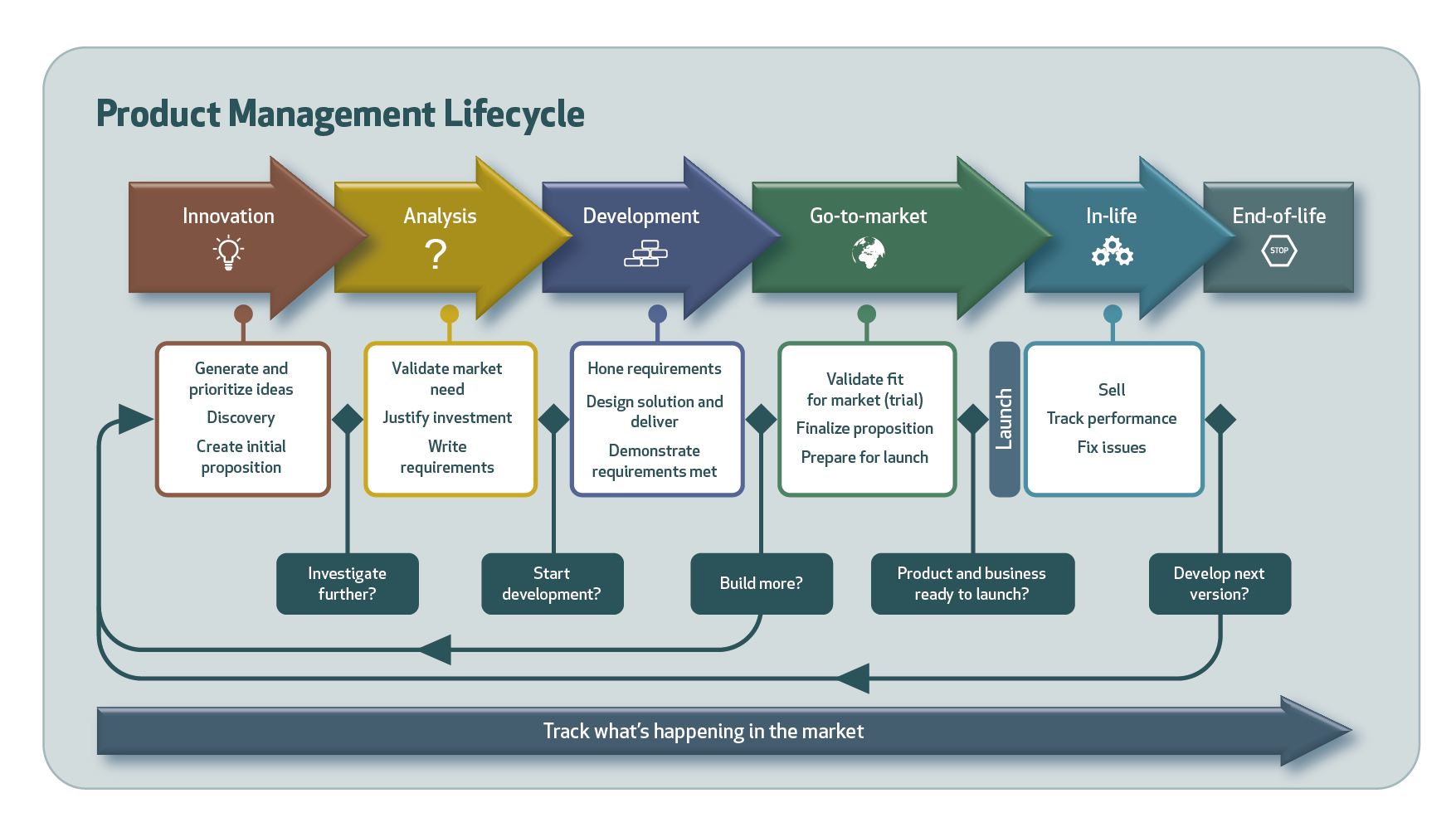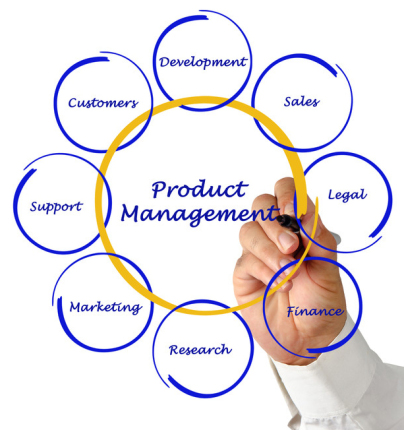Product Management
Product management deals with the overall development and marketing of a product. There are several stages to it such as developing a product, planning its marketing, verifying it, forecasting, pricing the product, and launching it. In short, a product manager is partly a strategist, analyst, marketer, and business executive.

1. Form a Strategy
The higher probability of delivering results depends on having a proper framework for the course of action. This framework or strategy must focus both on the short-term, as well as the long-term goals related to the product. Short-term goals include the things that you want to achieve in the next half-year or so. Long-term ones deal with the product’s original insight and how you wish to establish it in the future with the help of product management best practices.
2. Grasping the Company’s Objectives
This is an understanding of your company’s definition of success. You need to understand how the product fits into the business objectives. It also helps you identify your potential customers and how the product might cater to them. It’s necessary to determine and align yourself with the company executives’ goals.
3. Understanding the Customer’s Needs
It is essential to keep track of the customer’s feedback. The customer may encounter a problem which they might not be able to solve. You need to design your products to overcome these problems. Having a sound knowledge of their issues should hence be helpful while using the product management best practices.
4. Study the Company Sales
The sales team has the closest interaction with current and potential customers. Keeping a tap on their records is necessary. This may help you judge your products, advantages, and disadvantages. You and your customers may have conflicting opinions on a product. It becomes crucial to analyze the product from their standpoint.
5. Analyzing the Market
Market Analysis is needed to understand the current trends in demand. You need to study these trends before launching a product into the market. The analysis can determine whether your product can sustain or not. A thorough study listing the strengths and weaknesses of your product plays an important role in knowing product sustainability. It is thus imperative to thoroughly utilize the best management product services to get maximum output.
6. Prioritize Strategically
There may come a point during the development of a product where the team might not agree on the development of a feature. This could slow down the development speed. To avoid situations such as these, prioritize the features of your product. Certain features might be more essential than others.
7. Get the Hang of your Product
Prioritize using your product first hand before getting feedback on it. Try and use your product before designing a marketing strategy for it. If it has a version where you need to pay, see how it differs from the free version. You may also test the UI for specific products. This should give you a fair idea about the customer’s likeliness to encounter a glitch or a bug.
8. Think about Other Products
There may be a lot of stuff in the market that you like. Keep a note of the features that intrigue you. You may try implementing some of those features in your design. Also, keep a note of the features that you have found troublesome. Any of those, in your product, might earn it negative feedback.
9. Plan, Discard and Rethink Your Plan
A product manager has to handle a lot of activities simultaneously. Managing each department can be a strenuous job. You might have a plan, but things can easily go sideways. It is essential to be flexible and ingenious. Sticking to a plan that is evident to fail is not a wise policy. Work to find the possible loops and eliminate them promptly. Be prepared to make changes as and when required.
10. Run Short Surveys
Take opinions from your team before implementing features that you are not certain of. Running surveys within the team can give you an idea about the market and how it might react to these features.
11. Give Equal Importance to Each Team
A Product Manager needs to deal with various teams within the company. A product’s lifetime includes contributions from all the teams like development, testing, analyzing, sales, marketing, and so on. Be sure to maintain regular contact with each team and guide them as required. Certain teams might require you as a visionary, while others may need help from you as an analyst.
12. Stay in Touch with your Peers
Maintaining contact with your peers in the industry is important. It helps you expand your network and understand the market trends better. It helps your growth as a professional. Quora’s Product Management section provides ample opportunity for the same. Product Manager HQ also offers excellent exposure. Using product management best practices becomes essential to test the waters before launching your product.
